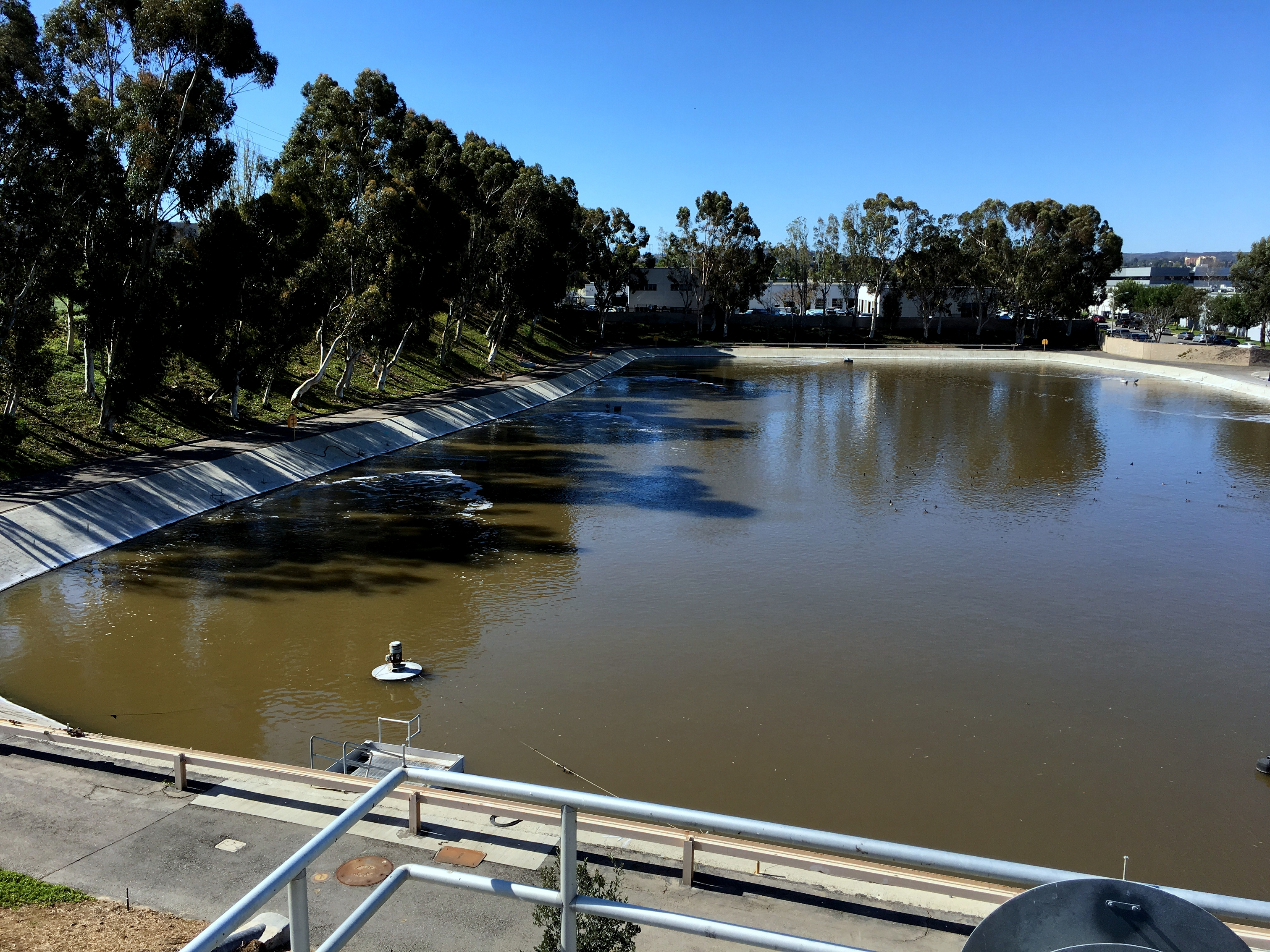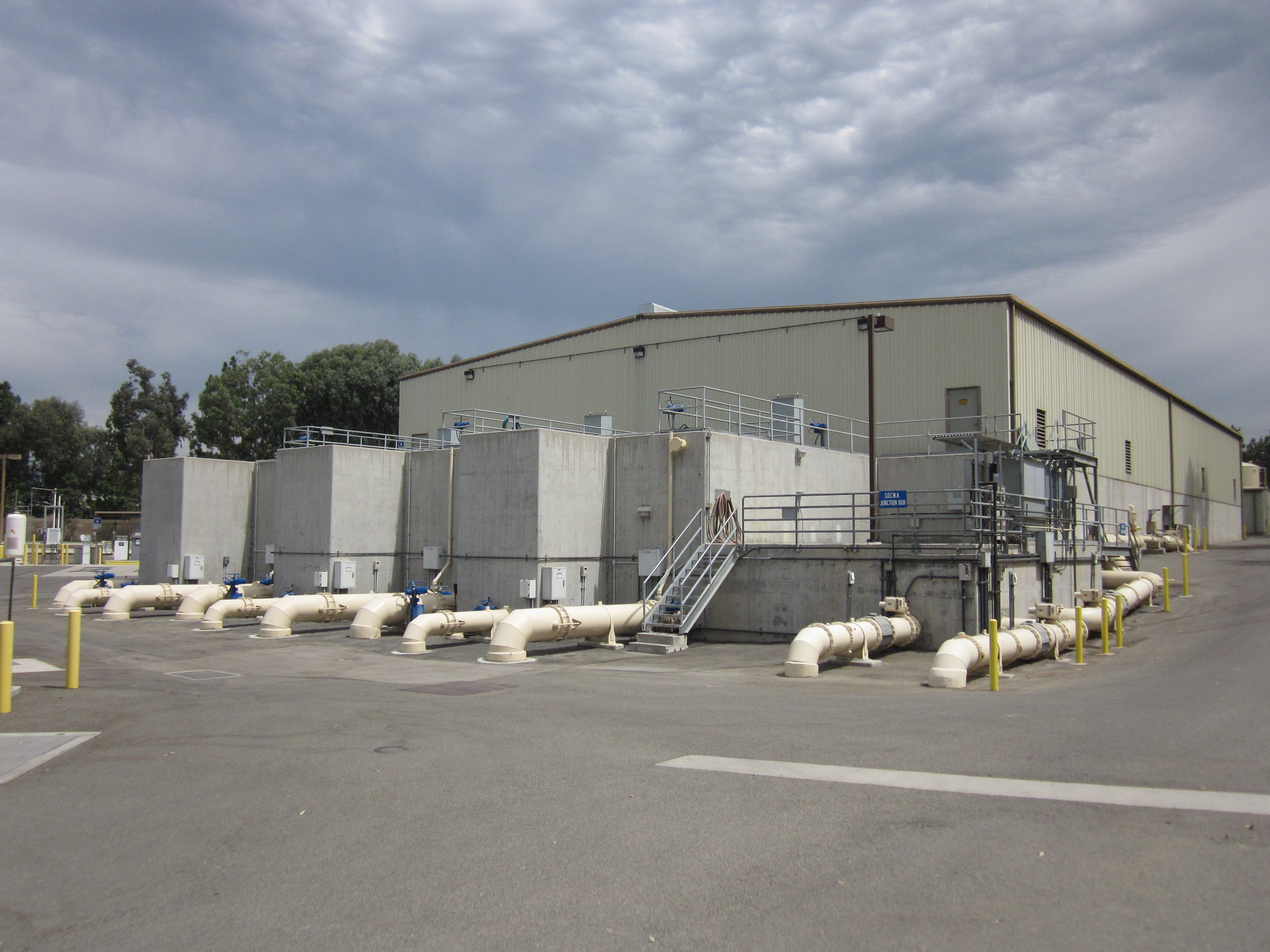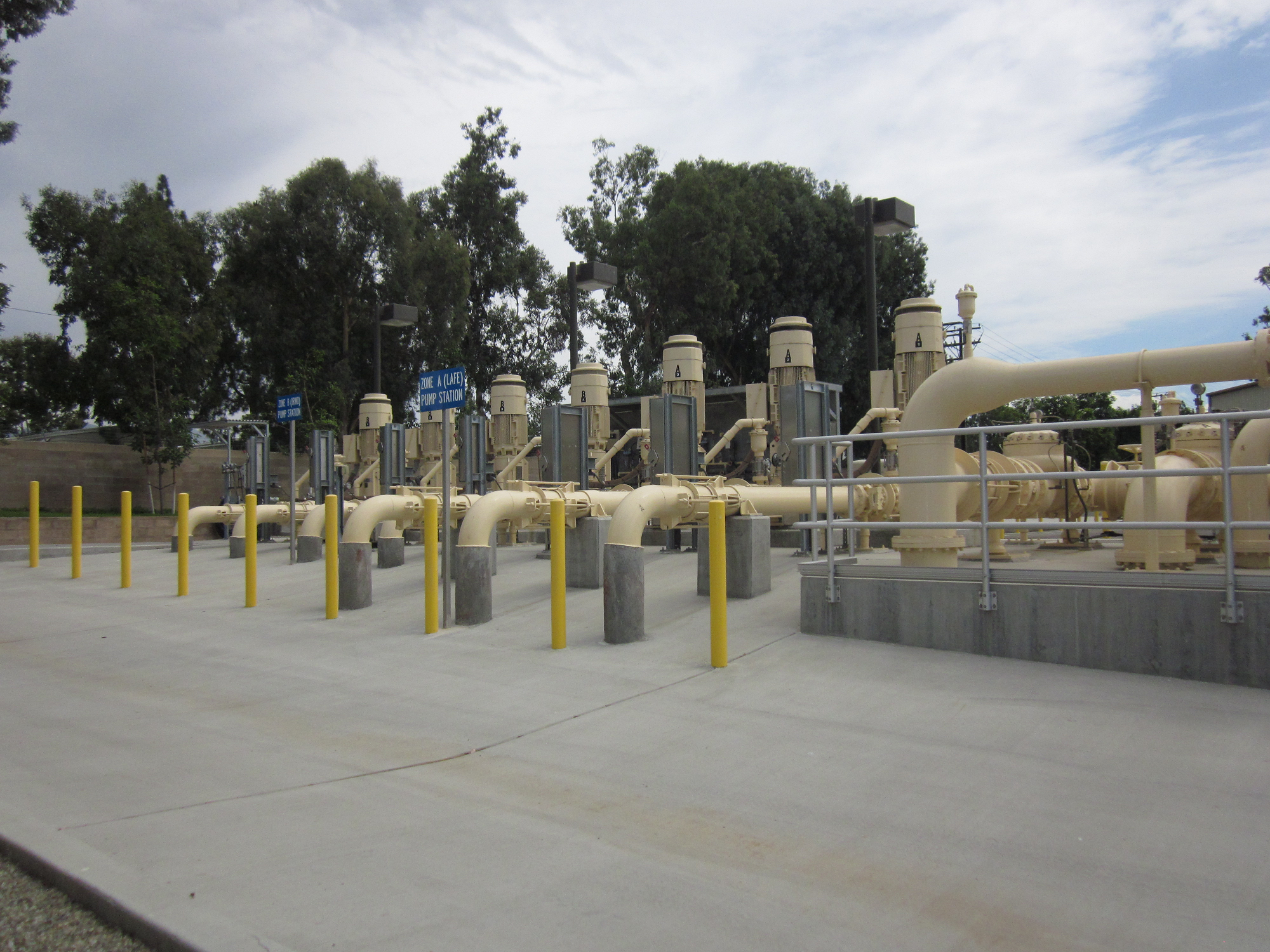Los Alisos Recycling Plant

The Los Alisos Water Recycling Plant in Lake Forest, operating since 1964, has undergone a series of upgrades over the years as newer technology was developed.
Recent advancements in the recycling process have provided greater efficiency and cost-effectiveness. Improvements included the addition in 2007 of a new disinfection facility, a pumping station, a sodium hypochlorite building, pipelines, and upgrades to the plant’s control and electrical systems. These upgrades increased the plant’s ability to produce recycled water, giving it a current maximum capacity of 7.5 million gallons per day.
Recycled water serves more than a quarter of the District’s water demands — including irrigation for parks, golf courses, school playing fields, homeowners association common areas, and yards of dual-plumbed private homes; as well as manufacturing processes, cooling towers, and toilets in dual-plumbed buildings. Recycled water is not for drinking or other in-home uses, but every gallon of recycled water saves a gallon of drinking water.
LAWRP’s untreated sewage undergoes a multi-step process: It starts with preliminary treatment and then passes through a series of five ponds – each providing a specific biological treatment. These stages include coagulation (to remove and break up suspended solids), flocculation (to bond particles into loosely clumped masses), and clarification (to let these clumps of floc settle to the bottom of the pond). Filtration (final removal of suspended particles) and sodium hypochlorite disinfection are the final steps to rendering tertiary recycled water suitable for non-potable use.

During secondary treatment, settlement ponds are continually aerated to promote growth of microorganisms, which feed on organic material and nutrients in the water.

This treatment pond allows sludge to degrade and settle, leaving a clarified effluent above that is removed and treated. The thickened sludge at the bottom is removed periodically and dewatered. It can be used for fertilizer.

The clarified water receives additional treatment by means of chemical addition, flocculation, physical sedimentation and filtration and disinfection, producing a final effluent that meets and/or exceeds clarity requirements as stipulated under California Title 22.














